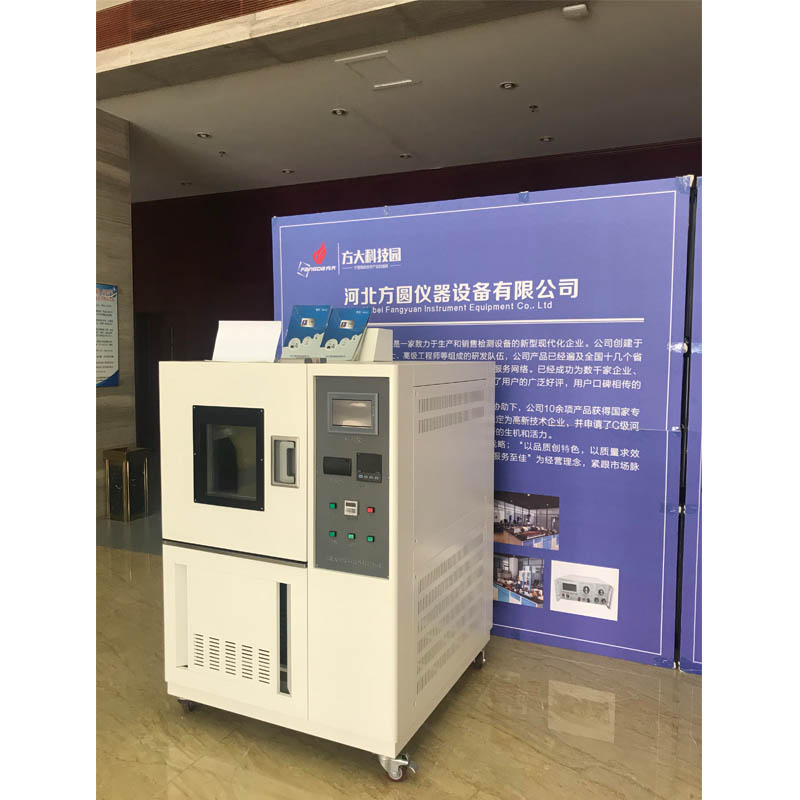wire repeated bending test machine company
Understanding Wire Repeated Bending Test Machines A Key to Quality Assurance in Manufacturing
In the manufacturing industry, the quality and durability of products are paramount. One of the crucial aspects of ensuring that metal wires meet stringent standards for elasticity and endurance is through testing mechanisms such as wire repeated bending test machines. These specialized machines are essential for assessing how materials perform under repeated stress, making them invaluable for manufacturers and engineers who prioritize quality and reliability in their products.
What Is a Wire Repeated Bending Test Machine?
A wire repeated bending test machine is a testing device designed to evaluate the fatigue resistance and mechanical properties of wire materials when subjected to repeated bending cycles. This testing process mimics the kind of stresses that wires might encounter in real-world applications, such as automotive components, electrical wiring, and construction materials. By simulating these conditions, manufacturers can predict how a wire will perform over time, identifying potential failure points before they occur in actual use.
The Testing Process
The wire bending test typically involves clamping a section of wire at one end while the other end is subjected to cyclical bending. The machine will repeatedly bend the wire back and forth at a defined angle, simulating the conditions a wire might experience over its service life. Each cycle of bending contributes to the wire's fatigue, and the machine typically keeps track of the number of cycles until a failure event, such as cracking or breaking occurs.
The parameters for testing, including the angle of bending, cycle duration, and material specifications, can often be customized depending on the industry standards and requirements
. This flexibility ensures that manufacturers can conduct tests that are relevant to their specific application needs.Importance of Testing
wire repeated bending test machine company

The significance of wire repeated bending tests cannot be understated. Firstly, they help manufacturers comply with regulatory standards, which often dictate the minimum performance thresholds for wires used in various industries. By validating their products through rigorous testing, companies can avoid costly recalls and ensure that they maintain a reputation for quality.
Furthermore, these tests play a crucial role in research and development. Engineers can use this data to innovate new materials or improve existing formulations, enhancing product performance. Insights gained from testing can lead to the development of wires that are more resilient to fatigue, thus extending their lifespan and increasing safety in applications where wire failure could have catastrophic consequences.
Choosing the Right Machine
When selecting a wire repeated bending test machine, manufacturers should consider several factors. The machine's capacity to handle various wire diameters and materials is critical, as versatility can save time and resources in the testing phase. Additionally, the data acquisition capabilities of the machine are essential, as detailed reports provide valuable insights into performance metrics.
It's also important to consider the manufacturer of the test machine itself. Established companies that specialize in materials testing equipment often provide superior technology and better after-sales support. They typically have years of experience and a wealth of knowledge, which can be invaluable when integrating the machine into existing testing processes.
Conclusion
In conclusion, wire repeated bending test machines are crucial tools in the quality assurance processes of various industries. By simulating real-world bending scenarios, these machines help manufacturers ensure the reliability and durability of their wire products. With rigorous testing, companies can have confidence in their products, enhance safety, and ultimately achieve greater customer satisfaction. Investing in the right testing equipment is not just an option; it is a necessity for businesses that aim to lead in quality and innovation in today’s competitive market.
-
Why the Conductor Resistance Constant Temperature Measurement Machine Redefines Precision
NewsJun.20,2025
-
Reliable Testing Starts Here: Why the High Insulation Resistance Measuring Instrument Is a Must-Have
NewsJun.20,2025
-
Flexible Cable Flexing Test Equipment: The Precision Standard for Cable Durability and Performance Testing
NewsJun.20,2025
-
Digital Measurement Projector: Precision Visualization for Modern Manufacturing
NewsJun.20,2025
-
Computer Control Electronic Tensile Tester: Precision and Power for the Modern Metal Industry
NewsJun.20,2025
-
Cable Spark Tester: Your Ultimate Insulation Assurance for Wire and Cable Testing
NewsJun.20,2025
 Copyright © 2025 Hebei Fangyuan Instrument & Equipment Co.,Ltd. All Rights Reserved. Sitemap | Privacy Policy
Copyright © 2025 Hebei Fangyuan Instrument & Equipment Co.,Ltd. All Rights Reserved. Sitemap | Privacy Policy
